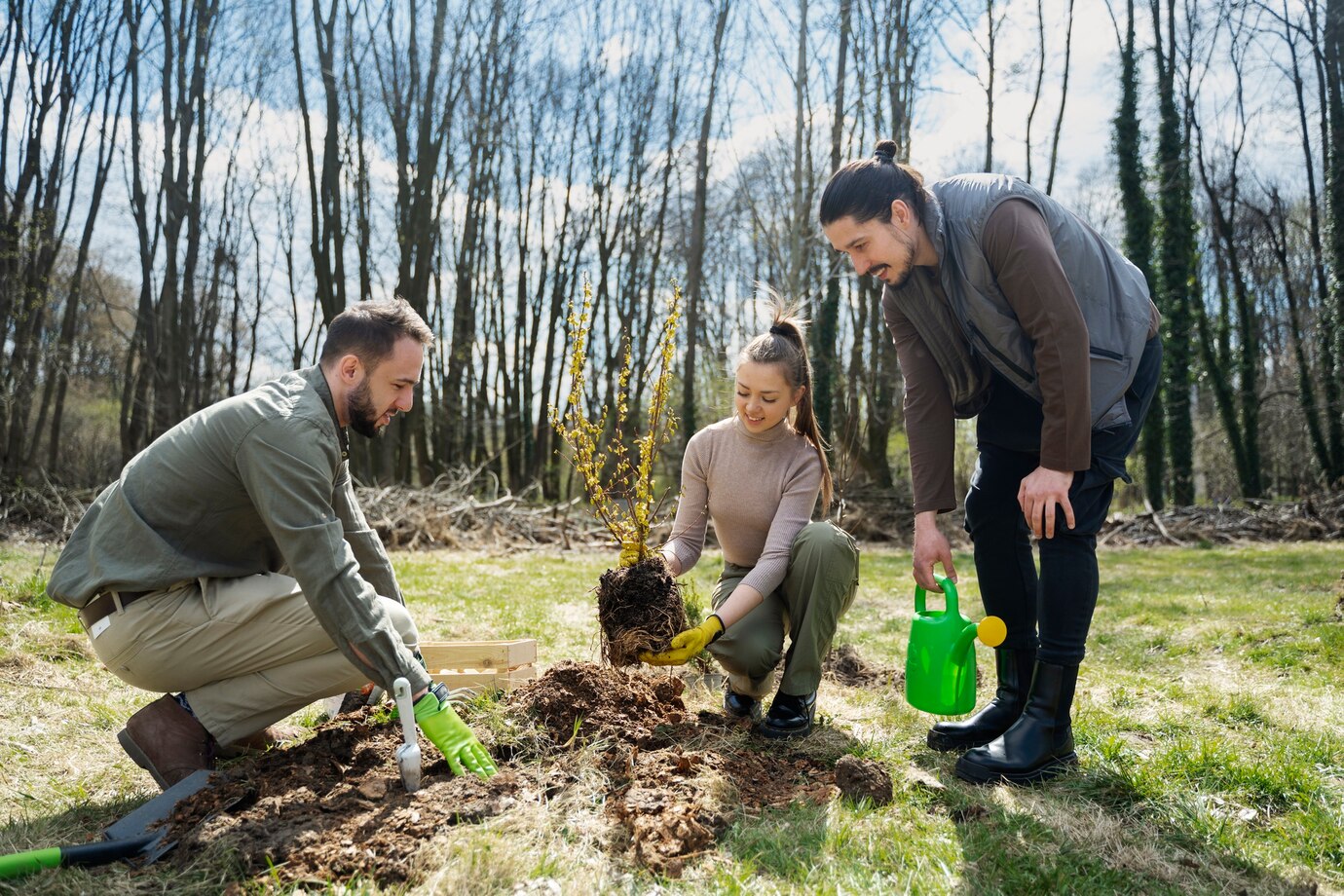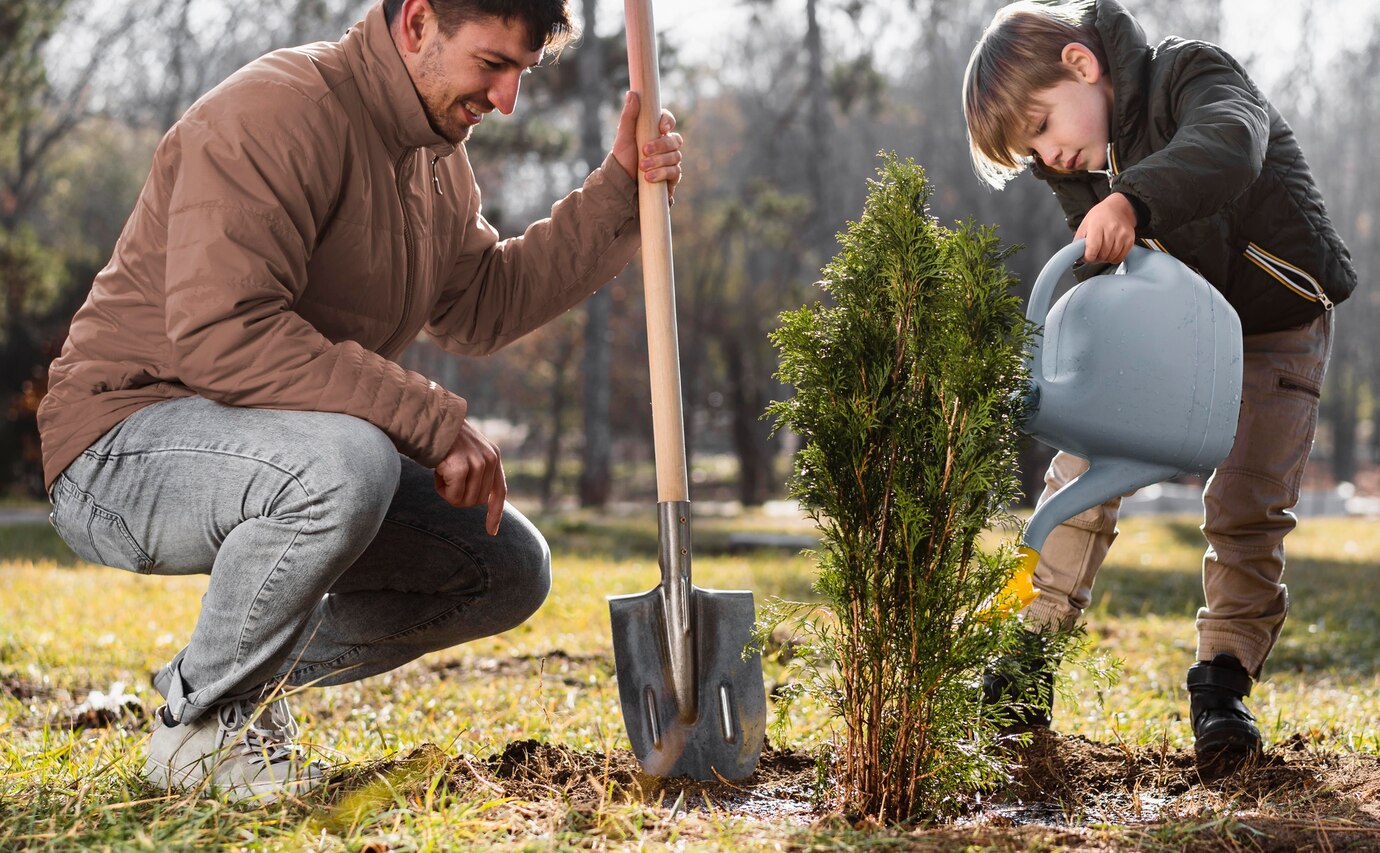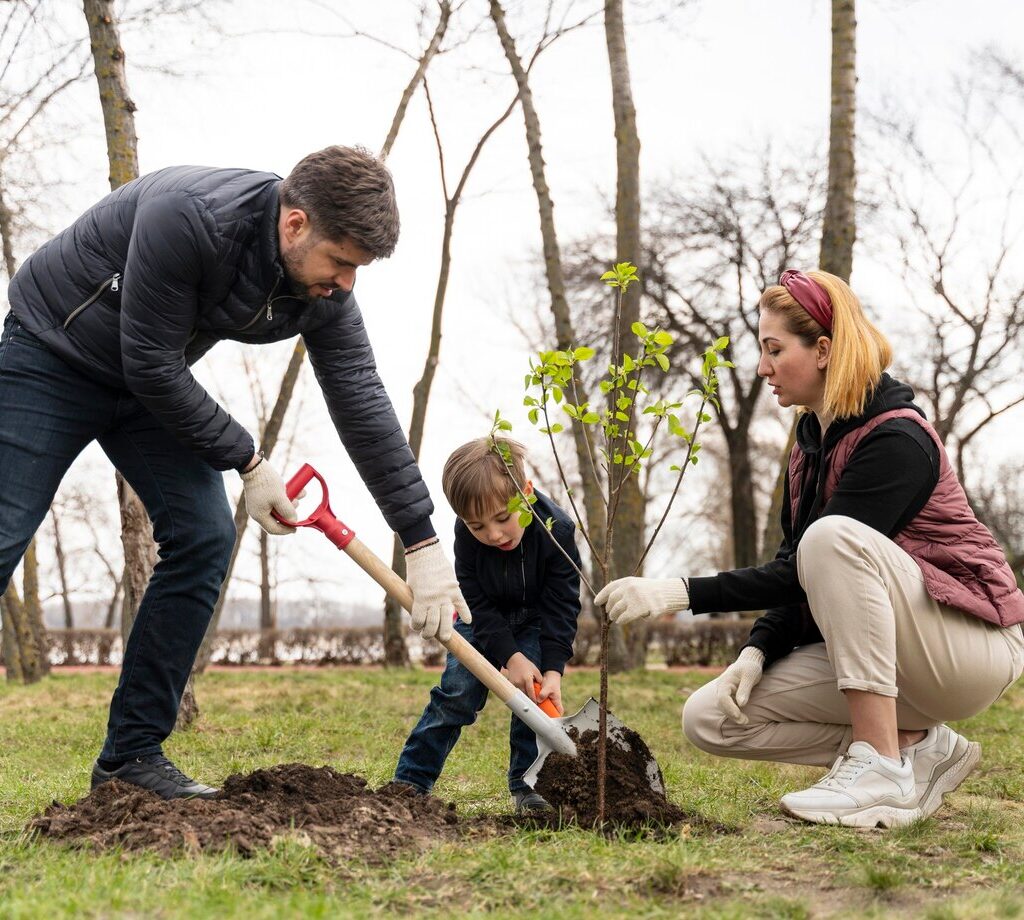How Best to Plant Trees
Planting trees is an art and a science, blending preparation, care, and understanding of nature. Whether you’re greening your backyard or contributing to global reforestation efforts, this guide has everything you need to know for successful tree planting.
Why Planting Trees Matters
Environmental Benefits of Trees
Trees act as the lungs of the Earth, absorbing harmful carbon dioxide and releasing oxygen. They combat urban heat by providing shade, reduce soil erosion, and even purify groundwater. By planting a tree, you contribute directly to fighting climate change and improving air quality.
Economic and Social Advantages
A well-placed tree can slash cooling costs by shading your home in summer. Trees also enhance neighborhood aesthetics, increase property values, and foster community pride by creating shared green spaces.
Enhancing Biodiversity
Trees are critical habitats. They offer food and shelter for pollinators like bees and butterflies, nesting grounds for birds, and homes for mammals. Planting a tree is like creating a miniature ecosystem.
Choosing the Right Tree
Consider Your Climate
Different trees have specific climate requirements. For instance, palm trees thrive in tropical climates, while pines prefer cooler, temperate regions. Research local species for better success rates.
Assess Soil Conditions
Test your soil to determine its pH, drainage, and nutrient levels. Acidic soil may suit oaks and blueberries, while alkaline soil might favor maples or ash trees. Adding organic compost can improve soil quality.
Understand Tree Purpose
Think about why you’re planting the tree. Is it for shade, fruit, privacy, or ornamental beauty? Each goal demands a different species. For example, mango trees yield fruit, while birch trees add elegance.

Preparing for Planting
Selecting the Perfect Spot
Choose a location with ample sunlight and space for the tree to grow. Ensure the spot is away from underground pipelines, overhead wires, or structures that roots or branches could damage.
Gathering Essential Tools
Here’s your checklist:
• Shovel
• Gardening gloves
• Compost or organic matter
• Mulch
• A sturdy stake (for young trees)
• Watering can or hose
Preparing the Soil
Loosen compacted soil to promote root penetration. Remove debris, rocks, and weeds. Incorporate compost or manure to enrich the soil, ensuring the tree receives all essential nutrients.
Step-by-Step Tree Planting Guide
Digging the Right Hole
The hole should be dug with twice the width of the root ball to ensure proper growth.
Depth check: The hole should be no deeper than the root ball to prevent the tree from sinking over time.
Positioning the Tree
Carefully remove the sapling from its container. Position it in the hole, making sure the top of the root ball is even with or slightly elevated above the ground.
Backfilling the Soil
Refill the hole with the excavated soil, pressing it lightly to eliminate any air pockets. Avoid compacting it too tightly to allow water and oxygen to reach the roots.
Properly Watering the Tree
Give the soil a good soak after planting to help it settle properly. Continue watering weekly, increasing frequency during hot or dry periods.
Caring for Your New Tree
Mulching Techniques
Apply a 2-3 inch layer of mulch around the tree’s base to retain moisture and regulate soil temperature. Leave a gap around the trunk to prevent rot and pest infestations.
Regular Watering Schedule
Newly planted trees need consistent watering during their first year. Strive to water deeply but less often to promote strong root development.
Pruning and Maintenance Tips
1.Prune only dead or damaged branches during the first year.
2.Minimize pruning to reduce stress on the developing tree.
3.Common Mistakes to Avoid
4.Overwatering or Underwatering
Roots need oxygen to thrive. Giving them too much water can suffocate their roots, while too little causes them to dry out. Maintain the right balance by monitoring the soil’s moisture often.

Planting Too Deep
Roots can suffocate if the trunk is buried too deep. Ensure the root flare remains exposed and visible above the soil surface at all times.
Ignoring Soil Quality
Poor soil conditions can stunt your tree’s growth. Prioritize testing and amending soil before planting.
The Long-Term Impact of Trees
Contributions to Ecosystem Health
Trees reduce greenhouse gases, improve air quality, and enhance biodiversity. They are essential for a healthy planet.
Increasing Property Value
A landscaped yard with mature trees can significantly boost your home’s curb appeal and resale value.
Creating Lasting Legacies
Think of a tree as a gift to the future. Your small act today can provide shade, beauty, and environmental benefits for decades—or even centuries.
